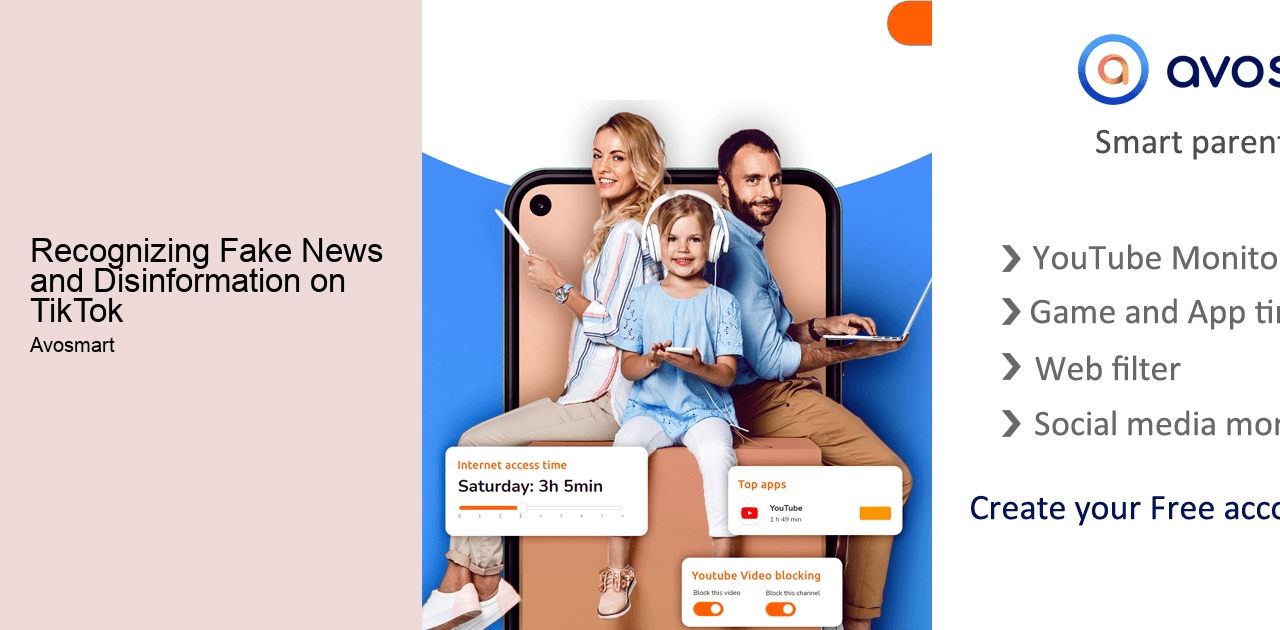
How to Spot Fake News and Disinformation on TikTok
Recognizing Fake News and Disinformation on TikTok
To spot fake news and disinformation on TikTok, it is important to be vigilant and critical of the content you come across. Look for credible sources and fact-check information before believing or sharing it. Pay attention to the account's credibility, such as the number of followers, engagement, and verification badges. Be cautious of sensational or clickbait headlines, as they often indicate misleading information. Additionally, cross-check information with reliable news sources and consult experts if needed. Remember to report any suspicious or false content to TikTok to help combat the spread of fake news and disinformation.


